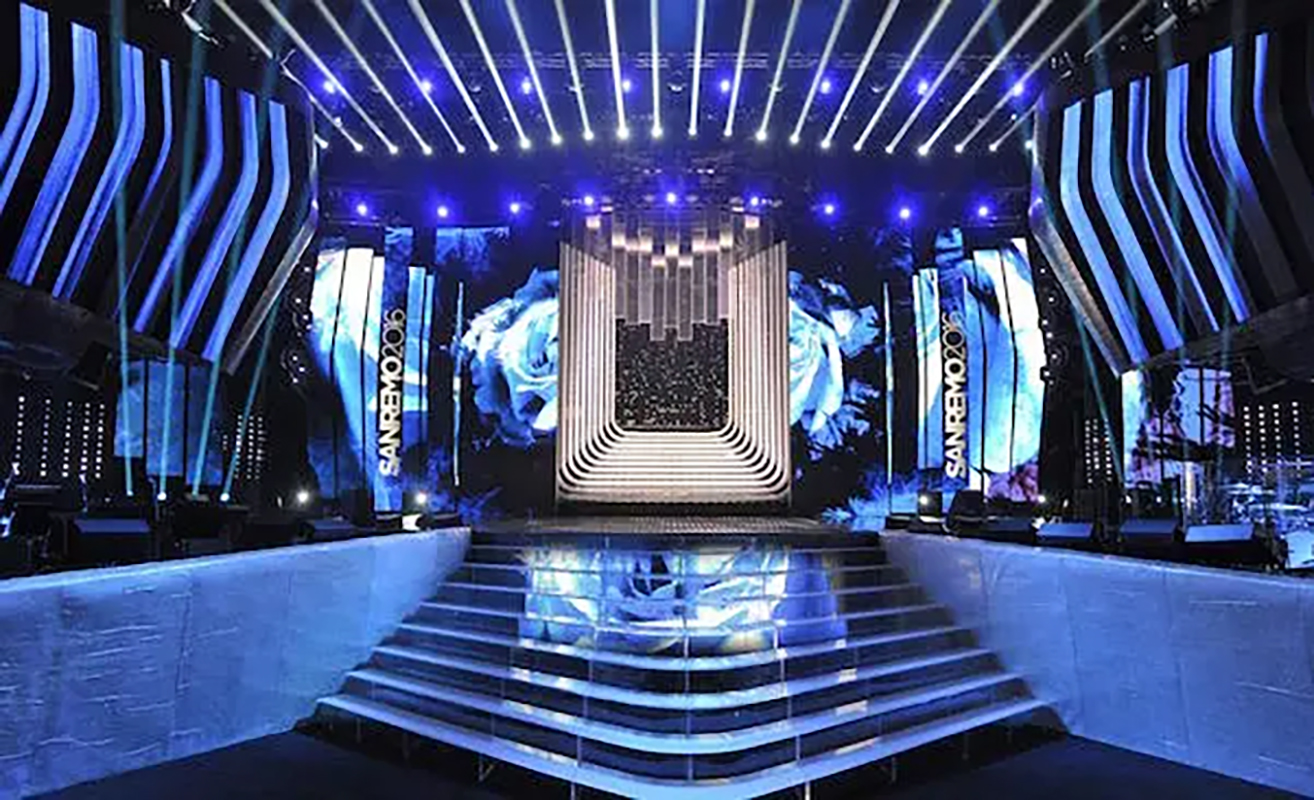A few weeks after the closing of the Sanremo Festival, we return to talk about the Festival for a (not entirely edifying) story related to the 2016 edition and recently defined by the Court of Cassation.
In 2016, RAI chose as the fulcrum of the set design of the Sanremo Festival the image of a blossoming flower.
Moreover, a young Genoese architect, believing that that scenography was an illegal reproduction of her own digital work (depicting, in fact, a blossoming flower), titled “The scent of the night”, sued RAI for infringement of copyright on the work and damages.
Il Tribunale prima e la Corte d’Appello poi, accoglievano le domande dell’architetto, condannando la RAI a rimuovere le registrazioni del Festival in cui compare l’opera incriminata ed al risarcimento dei danni di 40.000 euro oltre al rimborso delle spese legali di primo e secondo grado.
Against this background, RAI has appealed to the Supreme Court. By a judgment of 16 January, the Supreme Court entirely rejected RAI’s appeal, stressing, in particular, that the digital work in question “is creative when it expresses an original idea, coming only from the inspiration of its author” and that “the image was not a simple reproduction of a flower, but it involved a real reworking, therefore deserving of autorale protection for its creative character.”
Beyond the specific case, the decision in this case is particularly relevant because it confirms the possibility of using software to generate content protected by copyright (c.d. “digital art”). In this regard, the Supreme Court stressed that, for the purpose of the requirement of creativity, it does not note the fact that the author of the work used software to generate the image. In fact, the software is compatible with the elaboration of a work of genius, even if in this case the “rate of creativity” must be scrutinized with particular rigor.
It goes without saying, however, that before dealing with disputes over the protection of this type of new work, it is essential to consult with experts in the field of intellectual property rights.

